Alan Marazzi
An Explainable Decision Support System for Predictive Process Analytics
Jul 26, 2022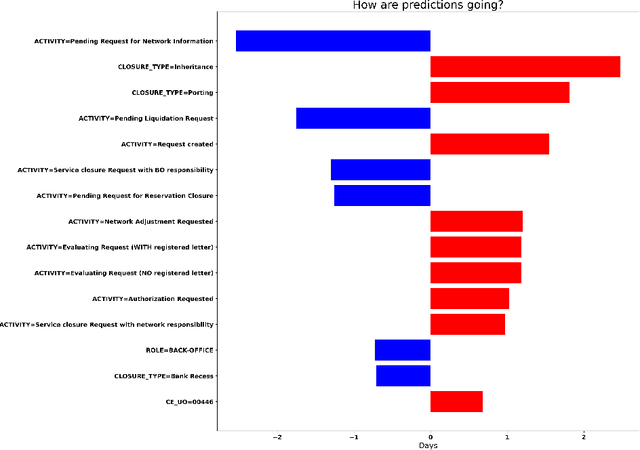
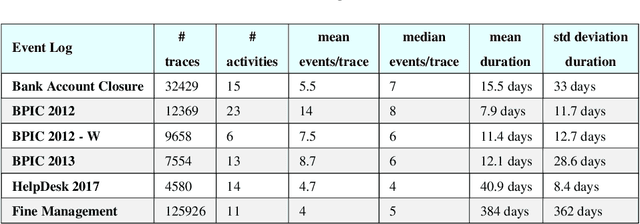
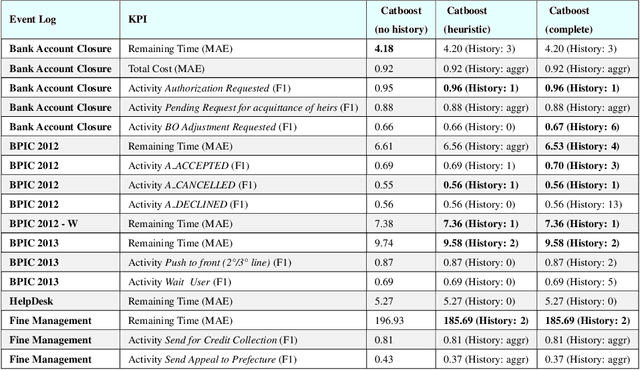
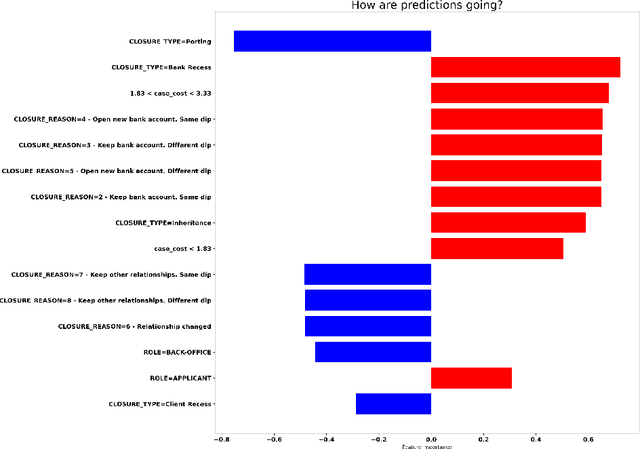
Abstract:Predictive Process Analytics is becoming an essential aid for organizations, providing online operational support of their processes. However, process stakeholders need to be provided with an explanation of the reasons why a given process execution is predicted to behave in a certain way. Otherwise, they will be unlikely to trust the predictive monitoring technology and, hence, adopt it. This paper proposes a predictive analytics framework that is also equipped with explanation capabilities based on the game theory of Shapley Values. The framework has been implemented in the IBM Process Mining suite and commercialized for business users. The framework has been tested on real-life event data to assess the quality of the predictions and the corresponding evaluations. In particular, a user evaluation has been performed in order to understand if the explanations provided by the system were intelligible to process stakeholders.
Object-centric Process Predictive Analytics
Mar 05, 2022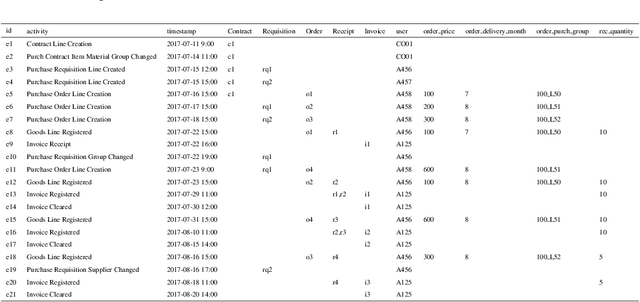
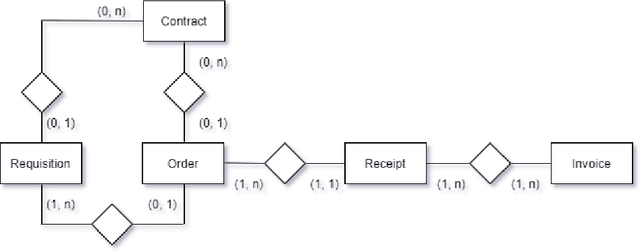
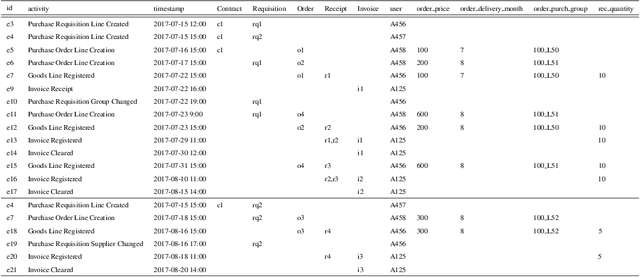
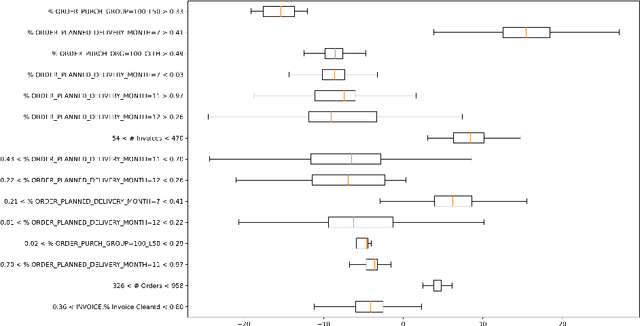
Abstract:Object-centric processes (a.k.a. Artifact-centric processes) are implementations of a paradigm where an instance of one process is not executed in isolation but interacts with other instances of the same or other processes. Interactions take place through bridging events where instances exchange data. Object-centric processes are recently gaining popularity in academia and industry, because their nature is observed in many application scenarios. This poses significant challenges in predictive analytics due to the complex intricacy of the process instances that relate to each other via many-to-many associations. Existing research is unable to directly exploit the benefits of these interactions, thus limiting the prediction quality. This paper proposes an approach to incorporate the information about the object interactions into the predictive models. The approach is assessed on real-life object-centric process event data, using different KPIs. The results are compared with a naive approach that overlooks the object interactions, thus illustrating the benefits of their use on the prediction quality.
 Add to Chrome
Add to Chrome Add to Firefox
Add to Firefox Add to Edge
Add to Edge